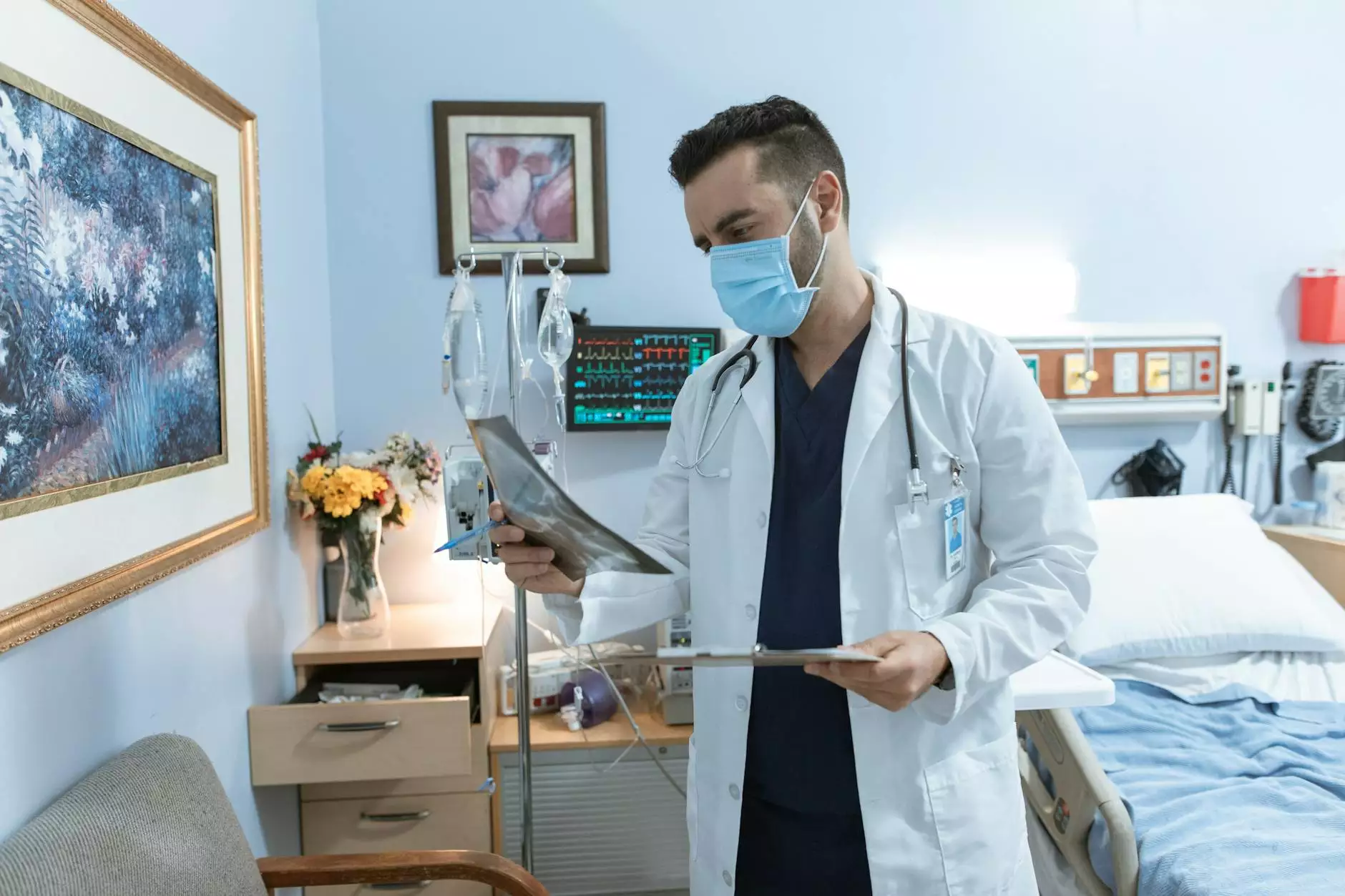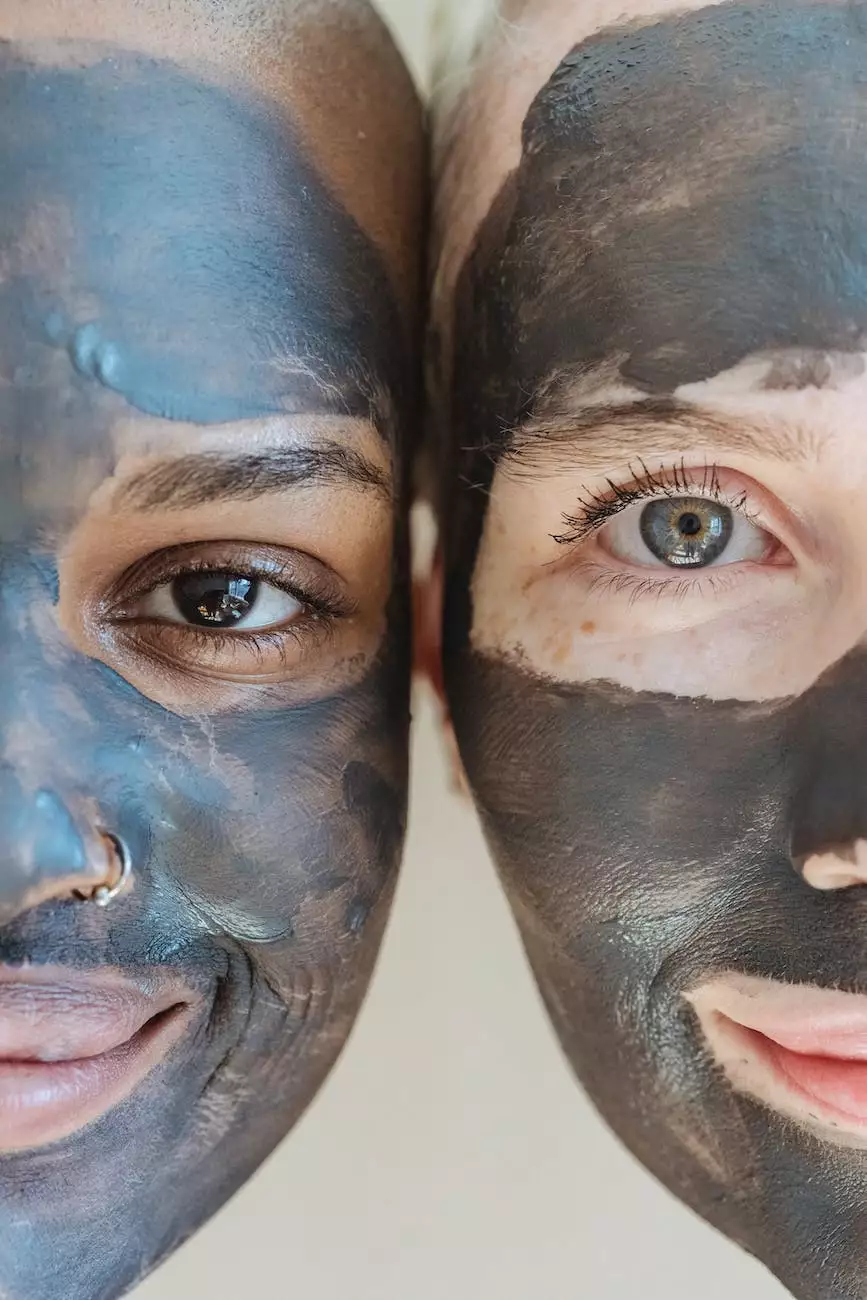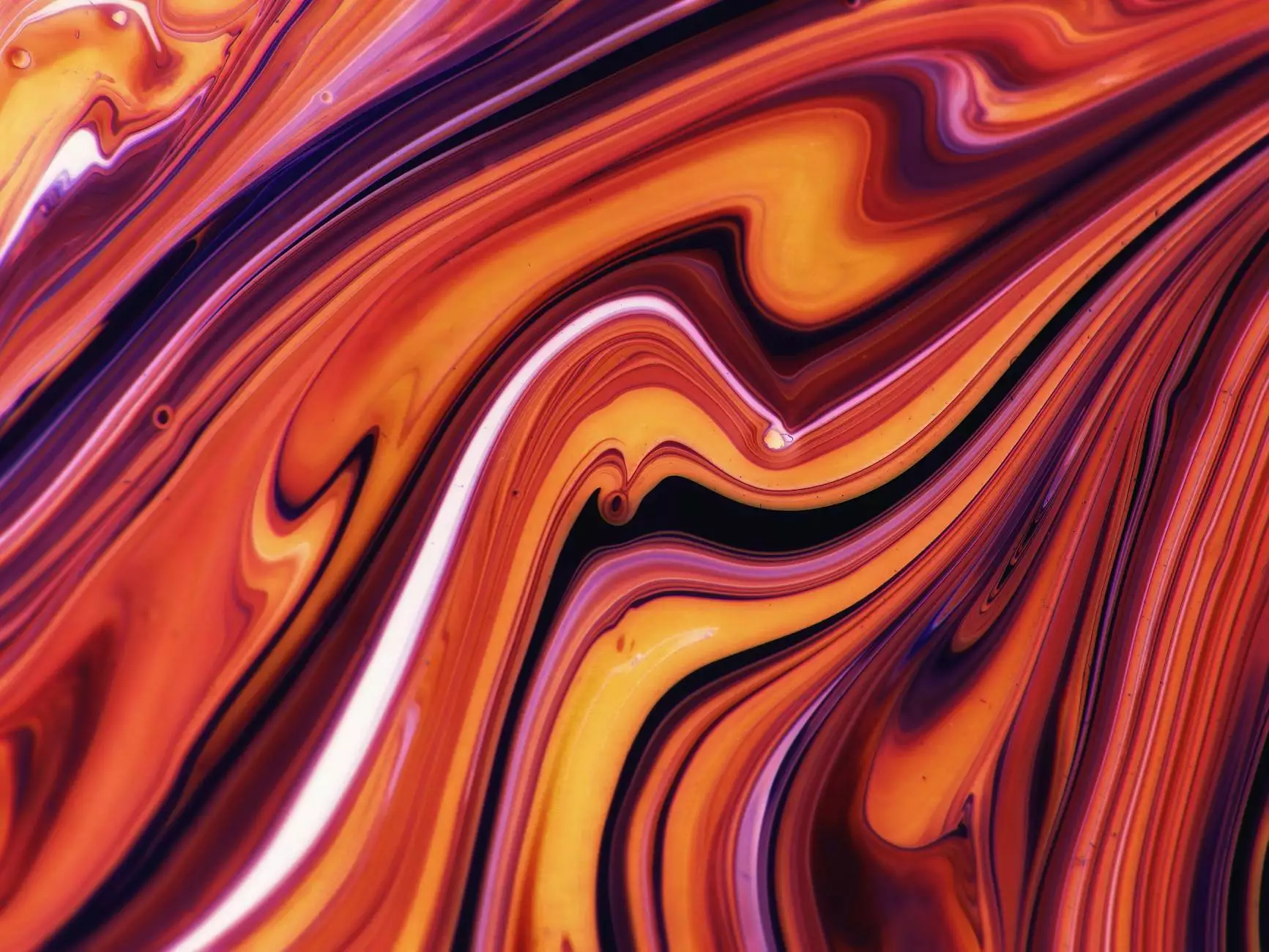Rhinoplasty: Structure and Surface
Treatments
Introduction
Welcome to Revived Aesthetics, your trusted source for aesthetic procedures in the realm of facial plastics. In this article, we will delve into the world of rhinoplasty, specifically focusing on the structure and surface of the nose. Whether you are considering rhinoplasty for medical or cosmetic reasons, we have gathered valuable information to guide you through this transformative journey.
Understanding Rhinoplasty
Rhinoplasty, commonly known as a nose job, is a surgical procedure aimed at modifying the shape, size, and appearance of the nose. It is performed by specialized plastic surgeons who have extensive knowledge and expertise in nasal anatomy and facial aesthetics. Rhinoplasty can address various concerns related to the structure and surface of the nose, such as:
- Nasal hump reduction
- Nasal bridge augmentation or reduction
- Nasal tip refinement
- Nostril reshaping
- Nostril size reduction or enlargement
- Alar base modification
- Correction of nasal asymmetry
The Structure of the Nose
The nose is a complex structure composed of bones, cartilage, and soft tissue. Understanding the anatomy of the nose is crucial when it comes to achieving optimal results with rhinoplasty. The structure of the nose consists of:
Nasal Bones
The nasal bones are the uppermost portion of the nose and contribute to its overall shape and contour. During rhinoplasty, these bones can be carefully reshaped or repositioned to alter the nasal profile.
Nasal Cartilage
The nasal cartilage provides structural support and flexibility to the nose. It is responsible for maintaining the shape and function of the nasal framework. Rhinoplasty allows for the modification and reconstruction of the nasal cartilage.
Septum
The septum is the thin wall of cartilage that separates the right and left nostrils. Deviations or abnormalities in the septum can lead to breathing difficulties and aesthetic concerns. Rhinoplasty can address septal deviations while improving both form and function.
Soft Tissue
The soft tissue envelope of the nose includes the skin, subcutaneous fat, and nasal lining. These elements play a crucial role in determining the surface appearance and texture of the nose. Rhinoplasty can effectively enhance the contour and texture of the soft tissues, leading to improved overall aesthetics.
The Surface of the Nose
The surface of the nose refers to the visible external part that includes the skin and its characteristics. Aesthetic concerns related to the surface of the nose can be effectively addressed through rhinoplasty. Some common surface issues treated include:
Nasal Scarring
Scarring can occur as a result of trauma, previous surgeries, or skin conditions. Rhinoplasty techniques can minimize the appearance of scars and improve the overall texture of the skin.
Nasal Symmetry
Facial harmony depends on balanced proportions and symmetry. Rhinoplasty can correct any imbalances in the surface of the nose and create a more symmetrical and aesthetically pleasing appearance.
Skin Problems
Various skin conditions, such as acne, rosacea, or hyperpigmentation, can affect the surface appearance of the nose. Rhinoplasty allows for targeted interventions to improve skin quality and address specific concerns.
The Rhinoplasty Procedure
Rhinoplasty is performed under either general anesthesia or local anesthesia with sedation, depending on the complexity of the procedure and the patient's preferences. The surgical techniques employed will depend on the individual's specific nasal anatomy and desired outcome.
The procedure typically involves carefully making incisions within the nostrils (closed rhinoplasty) or an additional small incision on the columella – the fleshy area between the nostrils – for better access (open rhinoplasty). Through these incisions, the surgeon will reshape the bone, cartilage, and soft tissue to achieve the desired changes.
Rhinoplasty Recovery and Risks
After rhinoplasty, patients should expect some swelling, bruising, and discomfort, which are common post-operative effects. It is essential to follow your surgeon's post-operative instructions and attend all follow-up appointments for optimal healing.
Rhinoplasty, like any surgery, carries certain risks, including infection, bleeding, unfavorable scarring, and rare complications. However, choosing an experienced and board-certified plastic surgeon significantly reduces the likelihood of these risks.
Conclusion
In summary, rhinoplasty is a transformative procedure that addresses both the structure and surface of the nose. Achieving optimal results requires thorough understanding of nasal anatomy, meticulous surgical technique, and personalized treatment plans. At Revived Aesthetics, we prioritize our patients' safety and satisfaction, providing them with the highest standard of care throughout their rhinoplasty journey. If you are considering rhinoplasty, we invite you to schedule a consultation with our expert plastic surgeons to discuss your goals and explore the possibilities.










